点击上方“芋道源码”,选择“设为星标”
管她前浪,还是后浪?
能浪的浪,才是好浪!
每天 10:33 更新文章,每天掉亿点点头发...
源码精品专栏
简介
Caddy 2 是一个强大的、企业级的、开源的 Web 服务器。是一个 Go 编写的 Web 服务器,类似于 Nginx,Caddy 提供了更加强大的功能。
支持 HTTP/2 的 Web 服务端。它使用 Golang 标准库提供 HTTP 功能。Caddy 一个显著的特性是默认启用HTTPS。它是第一个无需额外配置即可提供HTTPS 特性的Web 服务器。
-
官网:https://caddyserver.com -
文档:https://caddyserver.com/docs/
基于 Spring Boot + MyBatis Plus + Vue & Element 实现的后台管理系统 + 用户小程序,支持 RBAC 动态权限、多租户、数据权限、工作流、三方登录、支付、短信、商城等功能
项目地址:https://github.com/YunaiV/ruoyi-vue-pro 视频教程:https://doc.iocoder.cn/video/
特性
-
全自动支持 HTTP/2 协议,无需配置。 -
全自动变成 HTTPS 站点,无需任何配置。 -
合理使用多核 -
支持 IPv6 环境 -
对 WebSockets 有很好的支持 -
可以自动把 Markdown 转成 HTML -
Caddy 对 log 格式的定义很容易 -
易于部署 ,没有依赖 -
作为反向代理支持主动和被动健康检查、负载均衡、断路、缓存等功能。 -
支持 Windows、 Linux、Mac 三大主流系统
相较于 Nginx 来说使用 Caddy 的优势如下
-
自动的 HTTPS 证书申请(ACME HTTP/DNS 挑战) -
自动证书续期以及 OCSP stapling 等 -
更高的安全性包括但不限于 TLS 配置以及内存安全等 -
友好且强大的配置文件支持 -
支持 API 动态调整配置(有木有人可以搞个 Dashboard) -
支持 HTTP3(QUIC) -
支持动态后端,例如连接 Consul、作为 k8s ingress 等 -
后端多种负载策略以及健康检测等 -
本身 Go 编写,高度模块化的系统方便扩展(CoreDNS 基于 Caddy1 开发)
基于 Spring Cloud Alibaba + Gateway + Nacos + RocketMQ + Vue & Element 实现的后台管理系统 + 用户小程序,支持 RBAC 动态权限、多租户、数据权限、工作流、三方登录、支付、短信、商城等功能
项目地址:https://github.com/YunaiV/yudao-cloud 视频教程:https://doc.iocoder.cn/video/
安装
下载地址:https://caddyserver.com/download
Fedora/RHEL/CentOS 8
$ dnf install 'dnf-command(copr)'
$ dnf copr enable @caddy/caddy
$ dnf install caddy
MacOS
brew install caddy
RHEL/CentOS 7
$ yum install yum-plugin-copr
$ yum copr enable @caddy/caddy
$ yum install caddy
Debian/Ubuntu/Raspbian
$ sudo apt install -y debian-keyring debian-archive-keyring apt-transport-https
$ curl -1sLf 'https://dl.cloudsmith.io/public/caddy/stable/gpg.key' | sudo tee /etc/apt/trusted.gpg.d/caddy-stable.asc
$ curl -1sLf 'https://dl.cloudsmith.io/public/caddy/stable/debian.deb.txt' | sudo tee /etc/apt/sources.list.d/caddy-stable.list
$ sudo apt update
$ sudo apt install caddy
安装完成后,在终端命令行下输入 caddy :
$ caddy
Caddy is an extensible server platform.
usage:
caddy <command> [<args...>]
commands:
adapt Adapts a configuration to Caddy's native JSON
build-info Prints information about this build
environ Prints the environment
file-server Spins up a production-ready file server
fmt Formats a Caddyfile
hash-password Hashes a password and writes base64
help Shows help for a Caddy subcommand
list-modules Lists the installed Caddy modules
reload Changes the config of the running Caddy instance
reverse-proxy A quick and production-ready reverse proxy
run Starts the Caddy process and blocks indefinitely
start Starts the Caddy process in the background and then returns
stop Gracefully stops a started Caddy process
trust Installs a CA certificate into local trust stores
untrust Untrusts a locally-trusted CA certificate
upgrade Upgrade Caddy (EXPERIMENTAL)
validate Tests whether a configuration file is valid
version Prints the version
Use 'caddy help <command>' for more information about a command.
Full documentation is available at:
常用命令
$ systemctl start[stop|restart] caddy //启动服务
$ systemctl reload caddy //重新加载配置文件
$ systemctl status caddy //查看运行状态
配置
Caddy2 的配置文件核心采用 json,但是 json 可读性不强,所以官方维护了一个转换器,抽象出称之为 Caddyfile 的新配置格式;关于 Caddyfile 的完整语法请查看官方文档。文档地址:https://caddyserver.com/docs/caddyfile
常用配置
站点配置
(site_option) {
encode zstd gzip
file_server
handle_errors {
rewrite * /{http.error.status_code}.html
file_server
}
import acme_https
import log_file
root * /www/{host}
}
多域名配置
地址 {
........
}
这个地址支持以下几种格式
localhost
example.com
:443
http://example.com
localhost:8080
127.0.0.1
[::1]:2015
example.com/foo/*
*.example.com
http://
全局配置选项
{
# 开启所有的调试输出
debug
# 设定默认的sni
default_sni domain.com
# 打开或关闭管理端口
admin off
}
错误页面跳转
www.mingongge.com {
root * /web/mingongge.com/
file_server
handle_errors {
rewrite * /{http.error.status_code}.html
file_server
}
}
Log 日志
(log_file) {
log {
format logfmt
output file /var/log/caddy/{host}.access.log {
roll_keep 7
}
}
}
Header
www.mingongge.com {
root * /web/mingongge.com/
file_server
header Access-Control-Allow-Origin *
header Cache-Control max-age=3600
header /css/* Cache-Control max-age=604800
}
Cache-Control
(cachecontrol) {
header /css/* Cache-Control max-age=3600
header /img/* Cache-Control max-age=3600
header /js/* Cache-Control max-age=3600
}
反向代理
https://www.mingongge.com {
gzip
tls admin@mingongge.com
proxy / https://welcome.mingongge.com
}
快速创建一个站点
caddy file-server --website ./index --listen :8088 --domain www.mingongge.com
参数说明
file-server #这是一个文件服务器
--website #文件服务的根目录
./index #首页文件的存储目录(如存放 index.html)
--listen :8088 #定义监听端口
--domain www.mingongge.com #绑定域名
配置片段
Caddyfile 支持类似代码中 function 一样的配置片段,这些配置片段可以在任意位置被 import,同时可以接受参数,以下为配置片断示例:
# 括号内为片段名称,可以自行定义
(TLS) {
protocols tls1.2 tls1.3
ciphers TLS_ECDHE_ECDSA_WITH_AES_128_GCM_SHA256 TLS_ECDHE_RSA_WITH_AES_128_GCM_SHA256 TLS_ECDHE_ECDSA_WITH_AES_256_GCM_SHA384 TLS_ECDHE_RSA_WITH_AES_256_GCM_SHA384 TLS_ECDHE_ECDSA_WITH_CHACHA20_POLY1305_SHA256 TLS_ECDHE_RSA_WITH_CHACHA20_POLY1305_SHA256
}
# 在任意位置可以引用此片段从而达到配置复用
import TLS
配置模块化
import 指令除了支持引用配置片段以外,还支持引用外部文件,同时支持通配符,有了这个命令以后我们就可以方便的将配置文件进行模块化处理:
# 引用外部的 /etc/caddy/*.caddy
import /etc/caddy/*.caddy
模块化配置实例
Caddyfile
Caddyfile 类似于 nginx 的 nginx.conf 主配置。
(LOG) {
log {
format formatted "[{ts}] {request>remote_addr} {request>proto} {request>method} <- {status} -> {request>host} {request>uri} {request>headers>User-Agent>[0]}" {
time_format "iso8601"
}
output file "{args.0}" {
roll_size 100mb
roll_keep 3
roll_keep_for 7d
}
}
}
(TLS) {
protocols tls1.2 tls1.3
ciphers TLS_ECDHE_ECDSA_WITH_AES_128_GCM_SHA256 TLS_ECDHE_RSA_WITH_AES_128_GCM_SHA256 TLS_ECDHE_ECDSA_WITH_AES_256_GCM_SHA384 TLS_ECDHE_RSA_WITH_AES_256_GCM_SHA384 TLS_ECDHE_ECDSA_WITH_CHACHA20_POLY1305_SHA256 TLS_ECDHE_RSA_WITH_CHACHA20_POLY1305_SHA256
}
(HSTS) {
header / Strict-Transport-Security "max-age=63072000"
}
(ACME_GANDI) {
# 从环境变量获取 GANDI_API_TOKEN
dns gandi {$GANDI_API_TOKEN}
}
# 聚合上面的配置片段为新的片段
(COMMON_CONFIG) {
# 压缩支持
encode zstd gzip
# TLS 配置
tls {
import TLS
import ACME_GANDI
}
# HSTS
import HSTS
}
# 开启 HTTP3 实验性支持
{
servers :443 {
protocol {
experimental_http3
}
}
}
# 引入其他具体的站点配置
import /etc/caddy/*.caddy
站点配置
www.mingongge.com {
# 重定向到 mingongge.com(默认 302)
redir https://mingongge.com{uri}
# 日志
import LOG "/data/logs/mingongge.com.log"
# TLS、HSTS、ACME 等通用配置
import COMMON_CONFIG
}
mingongge.com {
# 路由
route /* {
reverse_proxy mingongge_com:80
}
# 日志
import LOG "/data/logs/mingongge.com.log"
# TLS、HSTS、ACME 等通用配置
import COMMON_CONFIG
}
配置完成后,通过 systemctl start caddy 去启动 caddy 服务器。每次配置修改后可以通过 systemctl reload caddy 进行配置重载。这些命令的功能与 Nginx 的命令功能基本一样。
总结
Caddy 内置了丰富的插件,例如 “file_server”、内置各种负载均衡策略等,这些插件组合在一起可以实现一些复杂的功能。Caddy 采用 Go 语言编写,相比较而言(Nginx 通过 Lua 或者 C 开发插件),对于后期的开发更容易上手。
欢迎加入我的知识星球,一起探讨架构,交流源码。加入方式,长按下方二维码噢:
已在知识星球更新源码解析如下:
最近更新《芋道 SpringBoot 2.X 入门》系列,已经 101 余篇,覆盖了 MyBatis、Redis、MongoDB、ES、分库分表、读写分离、SpringMVC、Webflux、权限、WebSocket、Dubbo、RabbitMQ、RocketMQ、Kafka、性能测试等等内容。
提供近 3W 行代码的 SpringBoot 示例,以及超 4W 行代码的电商微服务项目。
获取方式:点“在看”,关注公众号并回复 666 领取,更多内容陆续奉上。
文章有帮助的话,在看,转发吧。
谢谢支持哟 (*^__^*)


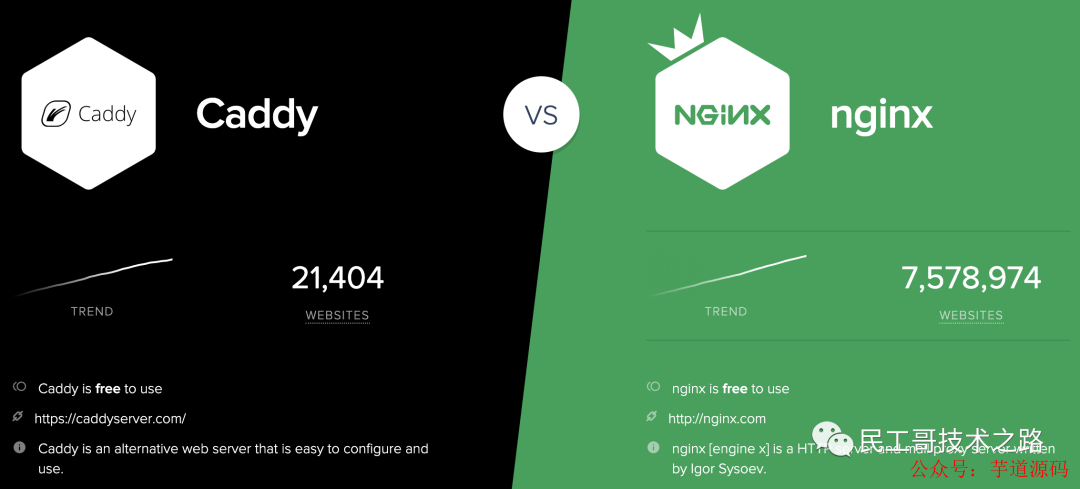

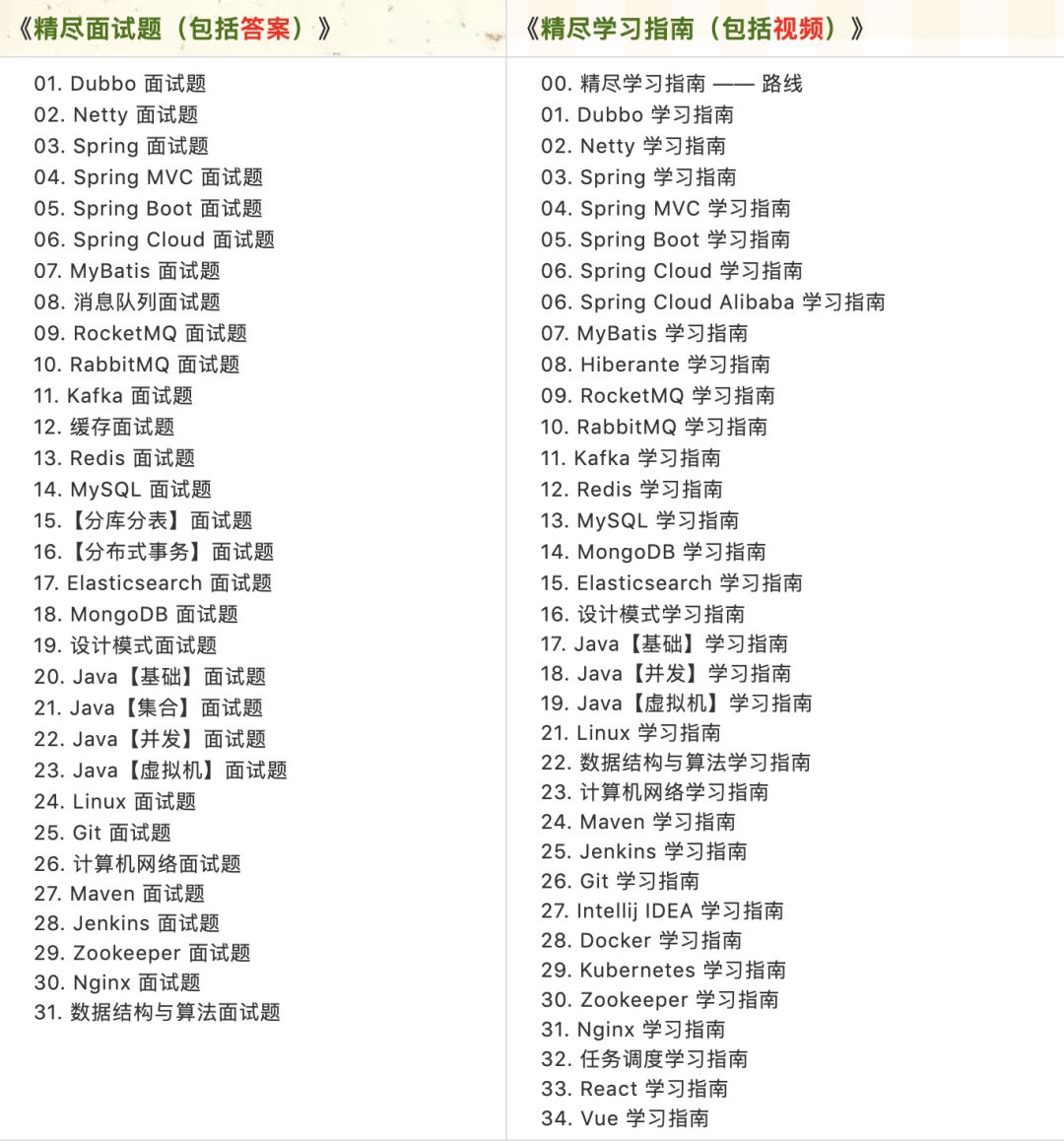
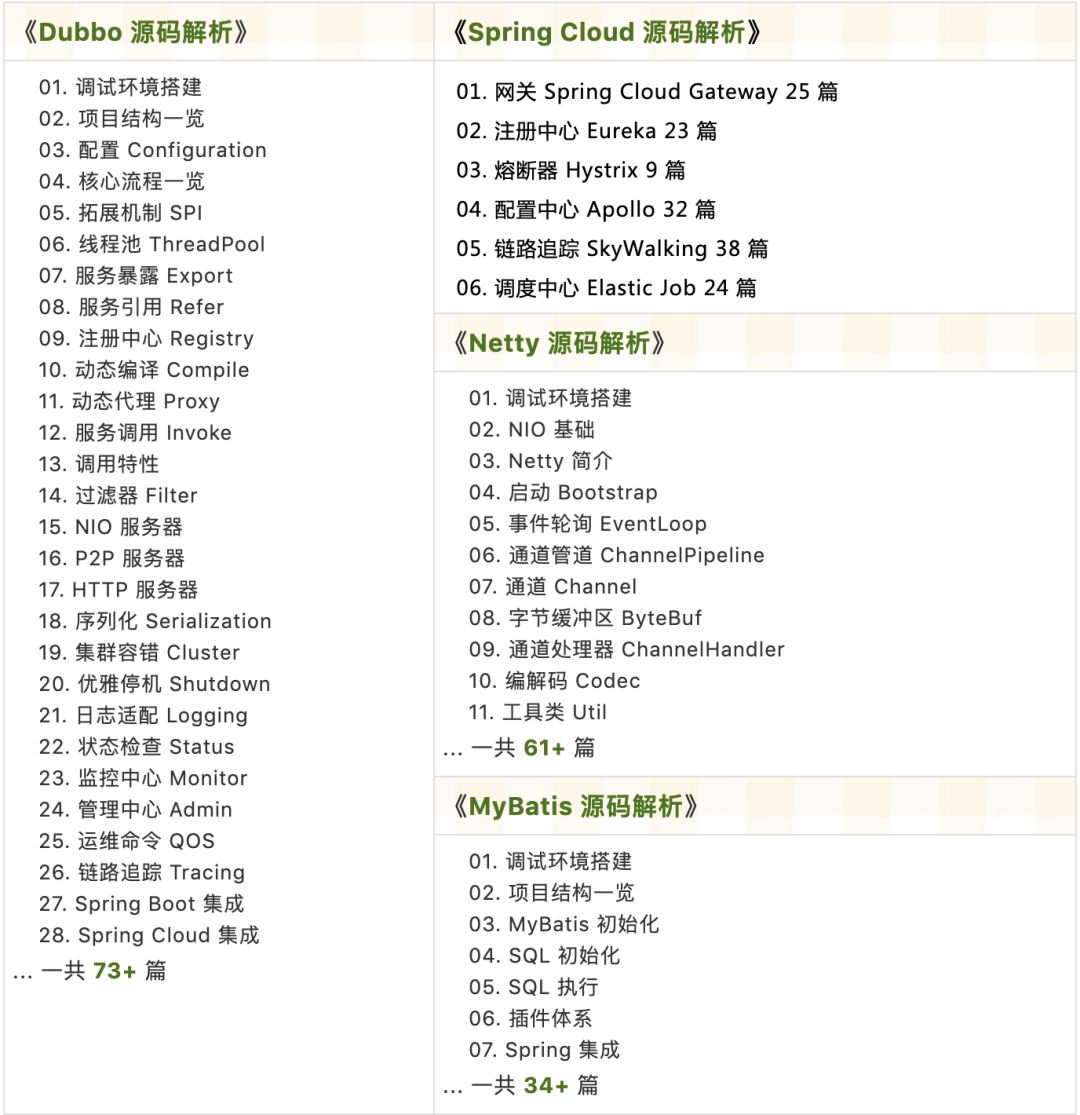
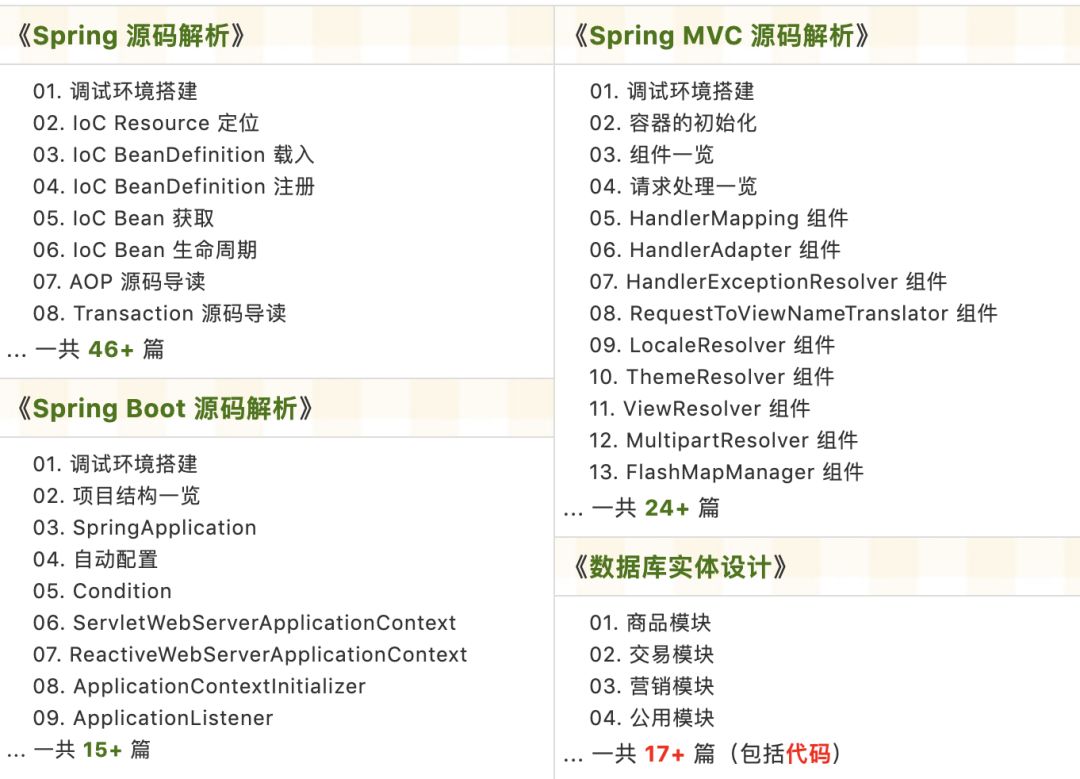
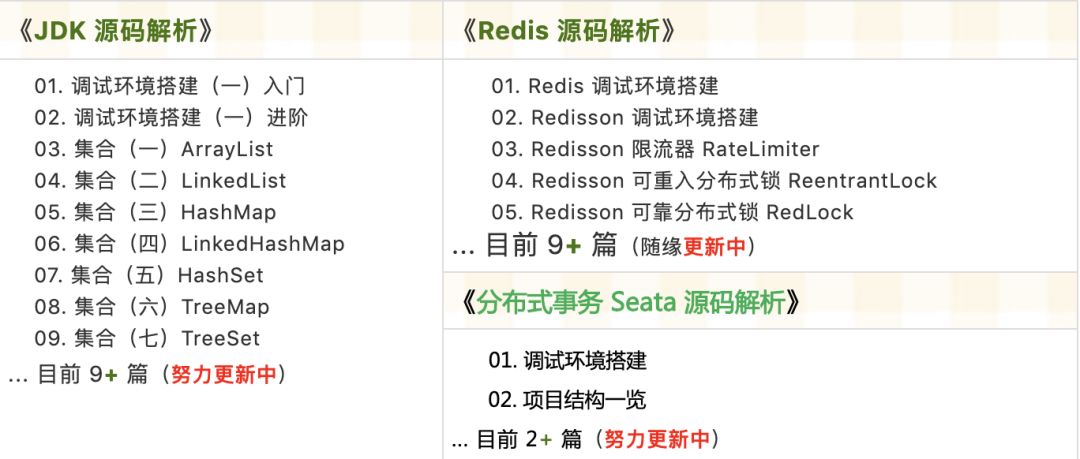
文章评论